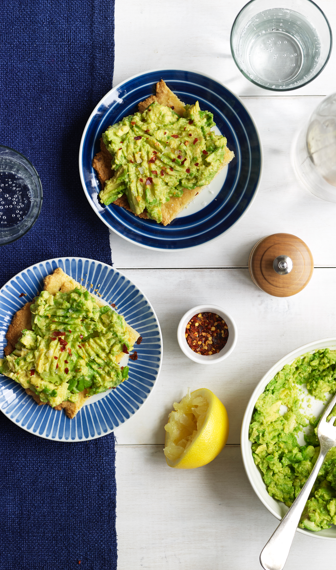
Sun safety is important year-round—even in the dark days of winter. But with summer around the corner and National Sunscreen Day on May 27, now’s a great time to brush up on how to stay safe in the sun. If you’re lacking motivation, remember that this isn’t just about wrinkles: sun safety is synonymous with skin cancer prevention, and each year there are more new cases of skin cancer than breast, prostate, lung and colon cancer combined.[1]
Follow These Sunscreen Tips
Simply slapping on some sunblock isn’t enough. The method and frequency of application matters, as does the formula. Keep these details in mind when you’re prepping for a day in the sun:
- Choose an SPF (sun protection factor) of 15 or higher. Consider bumping this up to at least 50 to control for human error—you’re unlikely to get a perfectly even coat every time and may forget to reapply.
- Look for formulas that contain both UVA and UVB protection.
- Apply sunscreen at least 15 minutes prior to exposure.
- Reapply every two hours and more often if you’re sweating or swimming.
- Check your sunscreen’s expiration date. If it doesn’t have one, assume it expires after three years (sooner if it’s been exposed to high temperatures).
- Be mindful of commonly overlooked areas like the backs of hands, tops of feet, and along the hairline.
- If you have sensitive skin, try a natural mineral sunscreen like zinc oxide or titanium dioxide. In general, pick a formula you find pleasant to use since this will make you more likely to actually use it.
Cover Up with a Hat and Clothes
A bottle of Banana Boat isn’t the only line of defense against UV rays. Whether at the beach, on the golf course, or simply running errands, a brimmed hat in a tightly woven fabric (i.e. not straw) provides a great shield for the face, ears, and neck. You’ll also want to protect your vision and guard against the crow’s feet that can result from squinting with a pair of sunglasses offering UVA/UVB protection.
What about the rest of the body? A regular t-shirt typically has a sun protection factor of 15 (this number decreases with looser weaves and wet fabric), but many sports apparel retailers sell items in tech fabrics with greater protection. A rash guard, in particular, is a stylish and practical way to shield yourself on the beach.
Exercise Caution Year-Round
In the U.S., the sun’s rays are strongest during the middle of the day from late spring to early summer, but skin cancer awareness matters 365 days a year. Even in the dark of winter, you’re susceptible to damage. Studies have shown that UV light can penetrate windows, causing harm even indoors.[4]
Regardless of how vigilant you are with sunscreen and covering up, you’ll still want to do regular self-exams of your skin for new or changed lesions. If you find a change, consult with a dermatologist and remember that skin cancer detected early is almost always curable.[5]
[1] http://www.skincancer.org/skin-cancer-information/skin-cancer-facts
[4] http://www.skincancer.org/publications/sun-and-skin-news/winter-2010-27-4/uv-radiation
[5] http://www.skincancer.org/skin-cancer-information/early-detection/step-by-step-self-examination

